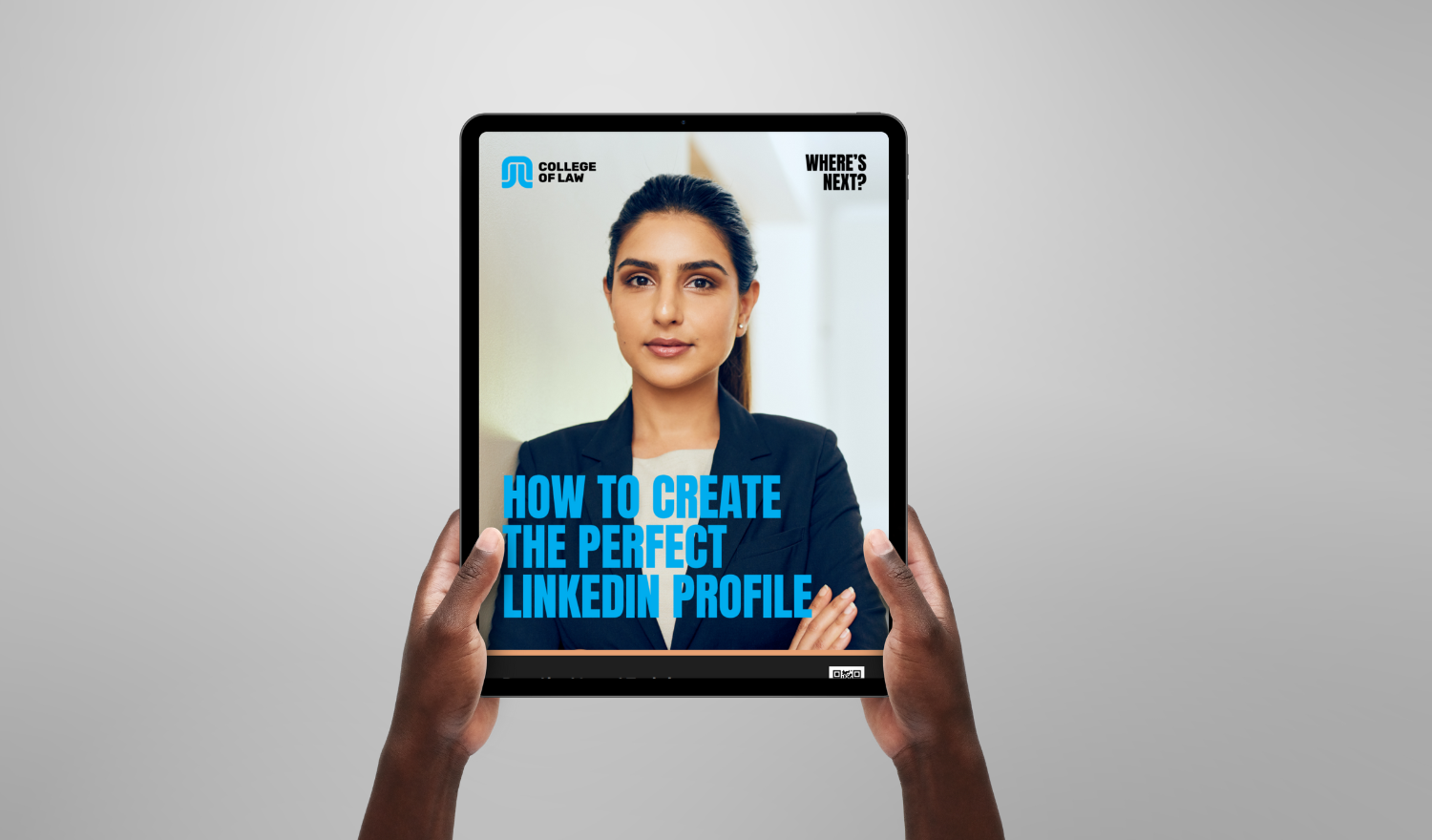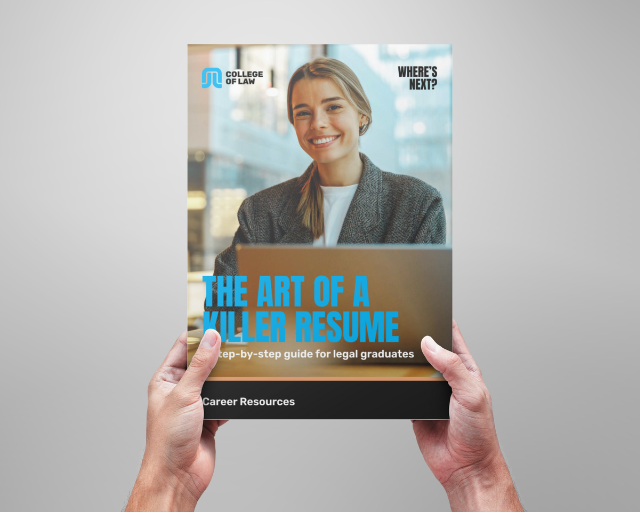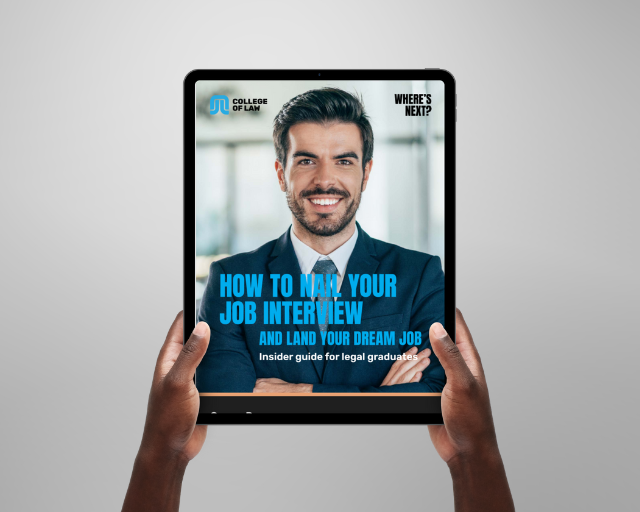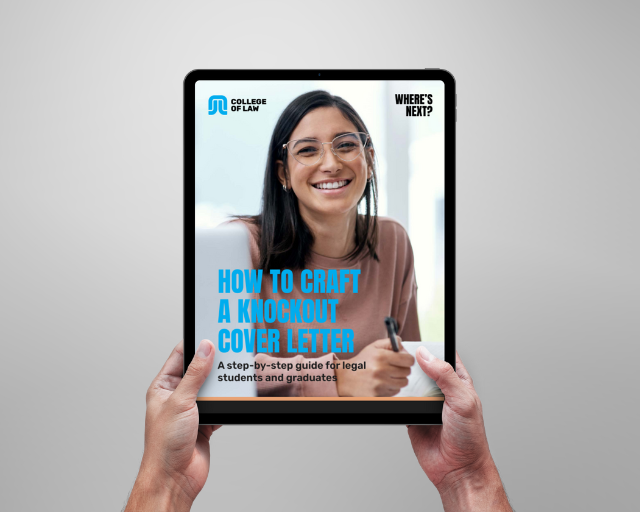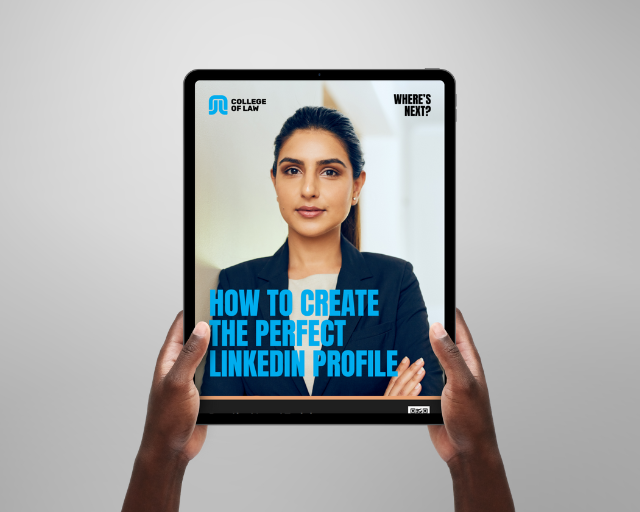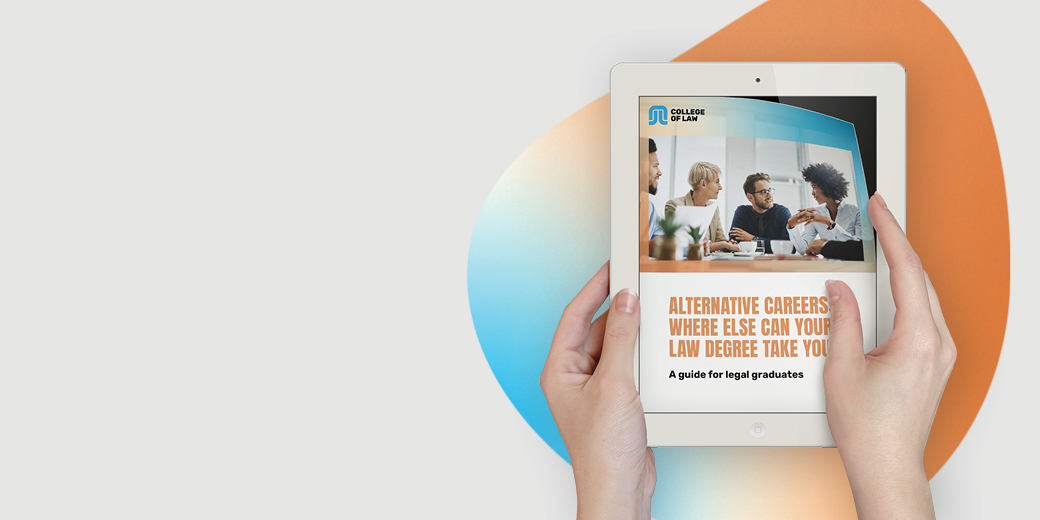Having a professional profile can be a big help in your search for a graduate role and will help build your personal brand. It will allow you to connect with people within the profession, show your commitment, help you find new opportunities, and perhaps give you the edge over other grads.
1. Customise Your Url
When you set up your LinkedIn profile you will be assigned a URL with a random combination of numbers and symbols. You can customise your URL to make it look more professional and easier to remember. This will also make it more likely to come up in searches and easier for you to include on your resume, student business card and email signature.
How to get one? On your profile look to the top right of the screen and click on ‘Edit public profile & URL’. This will show your current URL, click on the ‘pencil’ symbol and specify what you’d like your address to be. LinkedIn will tell you if the URL you have chosen is already taken. When you’re finished, click ‘Save’.
2. Profile Picture
Should you include a profile photo? Yes definitely! A professional-looking photo will increase the likelihood of your profile appearing in searches and research shows that profiles with a photo are 14 times more likely to be viewed. You are also likely to receive more connection requests and messages when you have a warm and friendly photo. New contacts may also need to put a face to a name to help remember you and this will help you build your network.
Your profile picture should reflect the professional version of you. A ‘selfie’ or a picture from Facebook is not appropriate.
Cartoons or avatars should never be used!
A head and shoulders shot is most appropriate and dress as if you are attending an interview. Make sure the background is plain to keep the focus on you.
Until you can acquire a professional photo, get someone to take a close-up headshot of you against a neutral-coloured wall. Remember to smile!
>Adding a background banner to your profile will also make it more eye-catching and is a way to add a touch of your personality.
3. Write An Eye Catching Profile Headline
Your profile headline gives an immediate impression of who you are as a professional, or who you aspire to be. You have 120 characters to promote yourself and the unique value proposition you would bring to an employer, this will make your profile much more likely to be viewed.
An informative profile headline will also help your profile come up in searches and act as a short, memorable professional slogan for you.
Don’t leave the default, which is your current role title. Use a title to capture what you want to do and not your current part time job. Make sure this is industry appropriate Eg, “Aspiring Family Lawyer” or “ XYZ University Law Student with a passion for family law” is much better than bartender or retail assistant.
You want to be viewed as an industry professional from first glance and encourage your profile to be viewed and your LinkedIn requests accepted. Use this as an opportunity to set yourself apart from others.
4. Professional Summary
This is your opportunity to make a great first impression and tell your story. Develop a professional summary about 3 – 5 paragraphs long to show off all the good things about you and why they matter. This should be similar to the first few paragraphs of your best written cover letter, make it concise and be confident about your qualifications and goals. You can also highlight relevant work experience, achievements, strengths, aspirations, what you do outside of work or a personal achievement you are proud of.
Refer to yourself in the first person, it is much more engaging and sincere, and allows you the opportunity to inject some of your personality and uniqueness in to your profile.
Don’t use clichés to describe yourself and be careful about using buzzwords. Use words to describe your work performance rather than personality traits.
5. Experience
Add relevant experience to the “Experience” section of your profile. It doesn’t need to be law or industry related.
Include internships and voluntary positions as well as non-legal related roles. Provide a brief outline of your responsibilities, duties and achievements, highlighting your transferable skills. Use bullet points to describe the specific accomplishments of each role, describe what you achieved rather than what you were responsible for. It’s a great opportunity to show how well you did, who it impacted or what the outcome was. Including numbers and statistics to quantify your statements will add credibility to your profile.
You can also show your experience and unique skillset through other sections of your profile. Add in other certifications and certificates and include non-academic activities you have been involved in, for example, exchanges, involvement in student societies, and any awards you have won. Make sure to include any other languages you speak.
Rearrange the order of the sections of your LinkedIn profile to highlight your best selling points.
HOW TO GET MORE VIEWS ON LINKEDIN
Your free step-by-step guide to writing a great LinkedIn profile.
6. Connections
Increasing your connections will help your profile come up in searches, but make sure they are quality connections and not just connections for the sake of numbers.
When you meet people at events, career fairs or through mutual acquaintances, ask if you may connect with them on LinkedIn and then send them an invitation with a personal note (this is an option when you click “connect”). Remind them of where they met you and thank them for taking the time to speak with you.
Link to other students as this will help you to expand your network and you never know where your fellow students will end up in the future. Check out what groups, people, firms and organisations other students are following. You might find some good links to industry groups, connections and information.
People are more likely to connect with you if you have met them in person or have a relationship outside of LinkedIn. Don’t trawl LinkedIn sending connections to random people! If you are connecting with someone you admire but haven’t met in person, add a personal note to explain why you would like to connect with them.
7. Recommendations And Endorsements
People in your network can endorse you for the skills you have listed on your LinkedIn profile. Over time you will build up the number of people who have endorsed you for these skills. However, you can get endorsements at a click even if people don’t know the work you do or the skills that you have.
Recommendations are much more powerful, and add credibility and strength to your profile. These are short statements written by people in your network about a specific job or role you have held.
Think about who you could ask for recommendations. It could be a previous manager or boss, colleagues you’ve worked with, lecturers or fellow students. If you’ve completed a clerkship or some legal work experience you could ask the person who supervised you. Make sure that they know you and can speak to your work, skills and experience.
Make a strategic list and contact these people to ask for a recommendation. You can use the tool on LinkedIn but it’s a good idea to contact them personally via email or telephone as well.
Let them know that you are working on improving your LinkedIn profile to support your job search.
Don’t be afraid to be specific about what you would like them to focus on. Tell them what skill or experience you would like them to provide a statement about. This helps them write a targeted recommendation rather than a generic statement.
Be selective with who you ask, it’s about quality, not quantity.
8. Follow Industry Leaders And Key Organisations
Make sure you are following relevant firms, organisations, groups and industry leaders in the “following” section. This will show your interest in the profession and give you some great information.
Follow firms and organisations you are interested in working for to learn more about them and their recruitment activities. This could help you in future interviews. Don’t send a job application to an organisation and follow their competition but not the organisation where you are applying to work.
Connect with your university. The careers office and your Law School faculty are great places to start.
LINKEDIN PROFILE TEMPLATE
Download the full guide with templates and tips to avoid mistakes.
